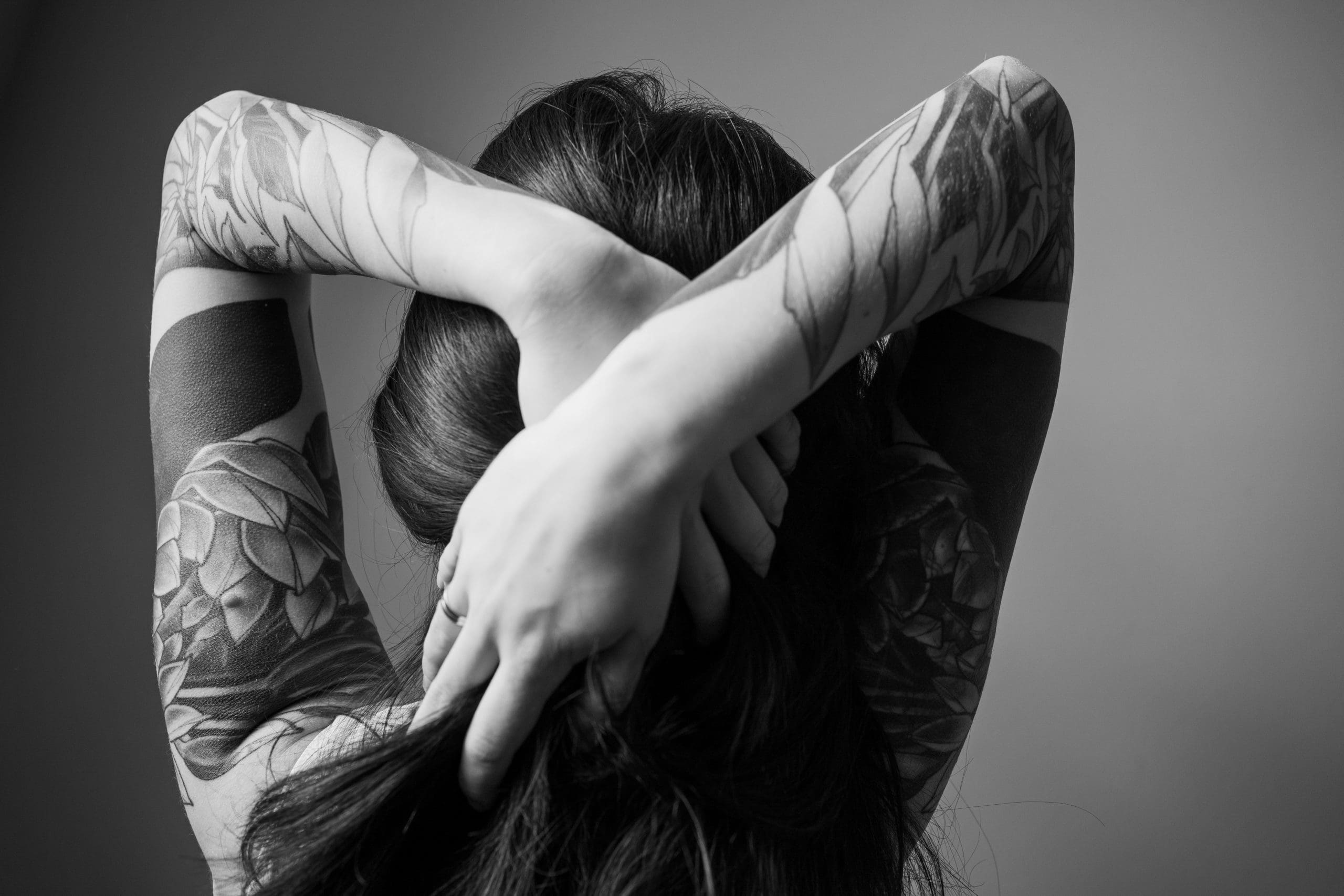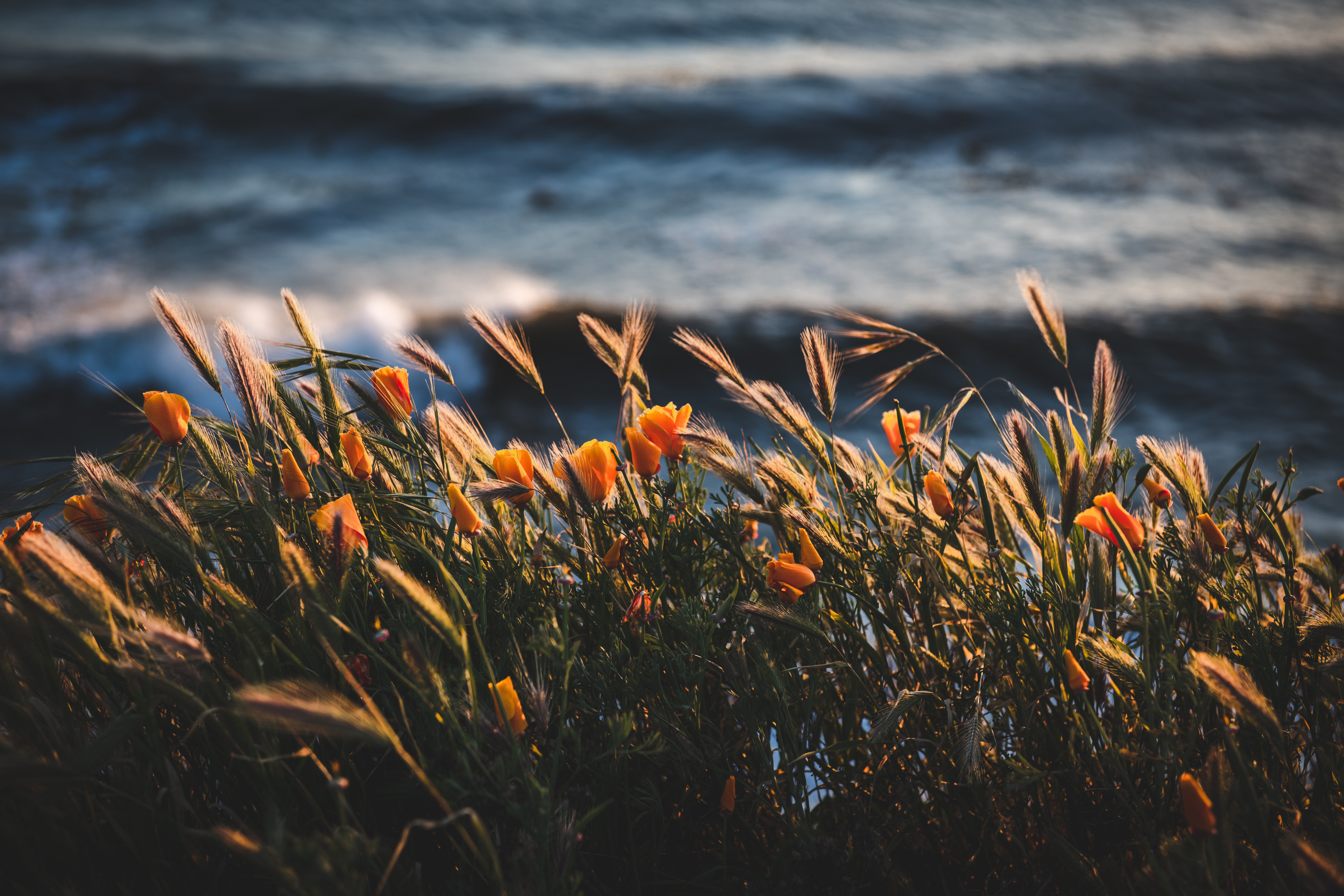If you find the most amazing subject matter but your public isn’t impressed with your photos, analyze your compositions. Even the greatest subject can look flat and dull due to composition mistakes. On the other hand, if you know how to frame your photos, the most ordinary subject matter can create great photos. It’s not about deceiving the viewer. It’s about showing the unseen, conveying emotions, and making the viewer part of your visual stories. Check out the following tips and start creating more exciting compositions.
Unusual angles
Don’t take all your pictures from your eye level. Experiment with different shooting angles and see what your subject has to offer. Sometimes, seeing the subject from below or above creates a brand new perspective, something your viewer doesn’t expect to see. It may also reveal unseen features of your subject that make it more dramatic, sensitive, or funny. To find unusual angles get out of your comfort zone, move closer to your subject, and photograph the same subject from different perspectives.

Leading lines
Almost any scene has some lines you can work with. The horizon, street signs, sunrays, trees, the arms of a person, and the edges of a building are just a few examples. Lines are powerful elements in a composition and can create remarkable relationships between other elements. Leading lines catch the viewer’s attention and lead them through the frame like a narrator tells a story. Learn to spot them and use them in your compositions.

Photo by Kate Davies on Unsplash
Conceptual contrast
People give abstract meaning to many ordinary items. And meaning creates exciting compositions. When you evaluate a scene, don’t consider just the visible elements such as light, colors, and shapes. Consider also the abstract meaning of items and colors and the contrast between them. Common examples are poor versus rich, sad versus happy, old versus young, and so on. But you can find many other examples of conceptual contrast. Make sure you respect the rules of composition and place the contrasting items in the most appealing positions in the frame.
Dynamism
One of the things that excite the public is dynamism. People want to see movement and transformation. There are obvious subjects in motion such as cars and athletes, but there are also more subtle movements such as how wind moves the petals of a flower or the hair of a person; running waters; clouds and shadows; wrinkles around a person’s eyes or mouth; flying birds; and melting snow. Transformations also add a temporal dimension. Consider changing seasons, tide, rock erosion, decaying buildings, signs of aging, and life milestones.

Photo by Tim Mossholder on Unsplash
Long exposure
If you want to create a more exciting composition, consider using long exposures. You can try this technique in low lighting conditions or use a neutral density filter to reduce the amount of light that enters the camera. Long exposures create a soft atmosphere, capture movement, and transform an ordinary scene into a story. They make photos look artful and dramatic.
Close-up photography
Getting close to your subject has more than one advantage. It helps you reveal intimate details of your subject but also hides an unwanted background, fills the frame, and creates a strong focal point. We can use close-ups with any type of photography. You don’t have to have the entire subject in the frame. You can frame just a part of it. However, make sure you don’t crop your subject awkwardly. If you use close-ups to photograph people, use telephoto lenses to avoid getting the camera too close to the person.

Photo by Sarah-Ann Hamlin on Unsplash
A photograph isn’t just about the subject matter. Everything that enters the frame matters, from light and colors to lines and the meaning behind the visible elements. Take a step back and evaluate the scene from different perspectives: technically, aesthetically, and personally. Make sure you always tell a story and engage with your subject. For other techniques, check out these articles.
Cover Photo by Kevin Schmid on Unsplash

